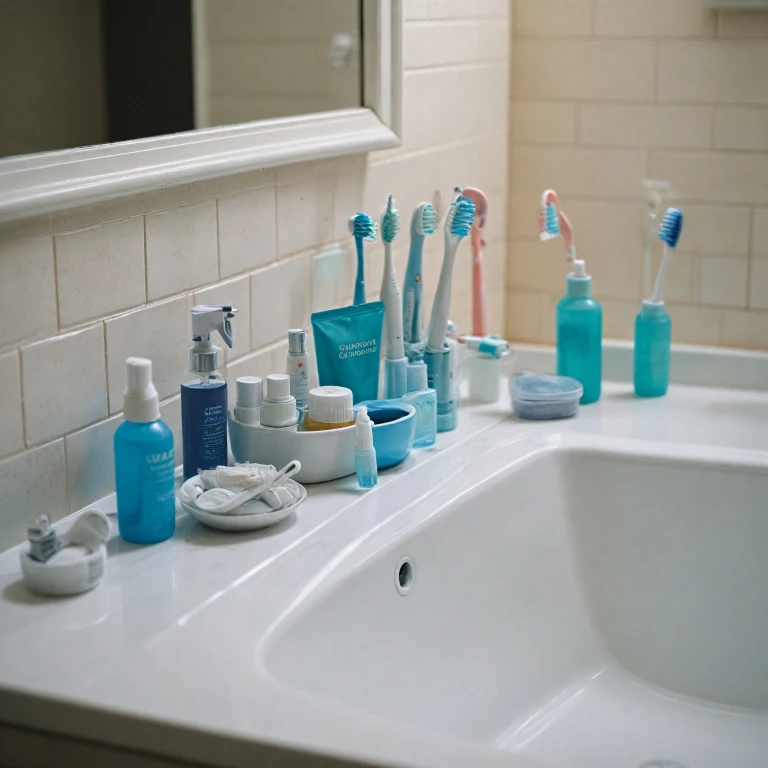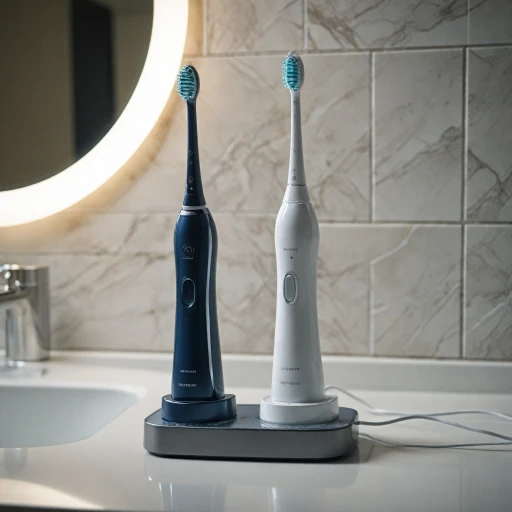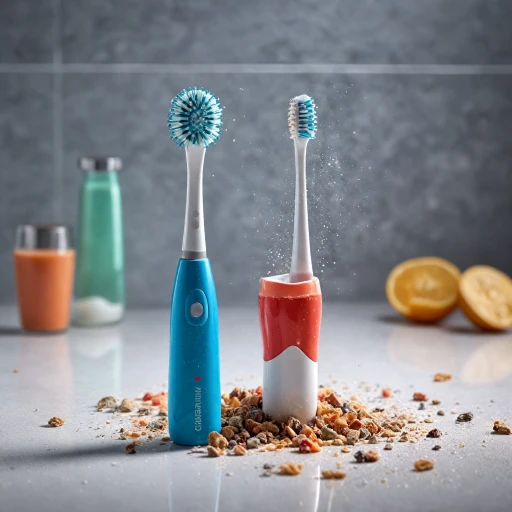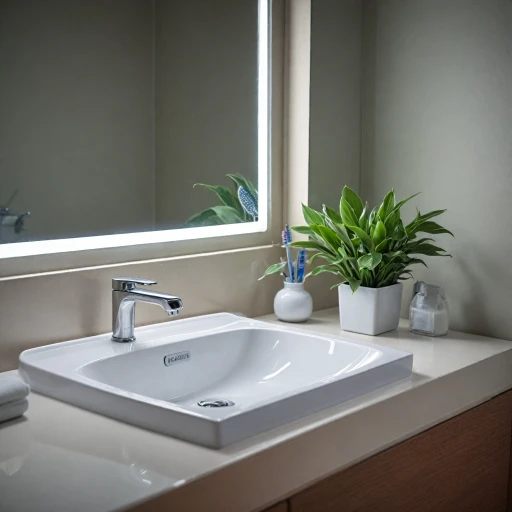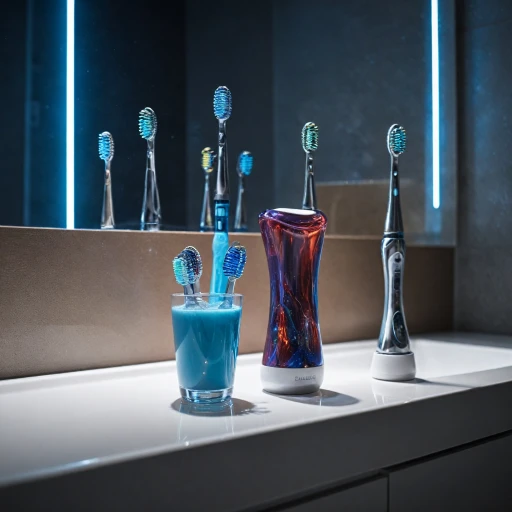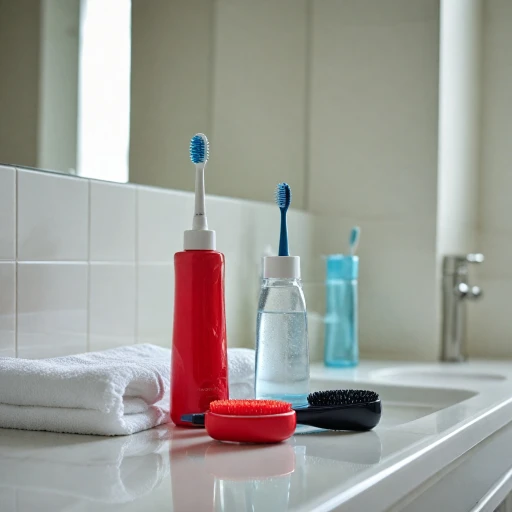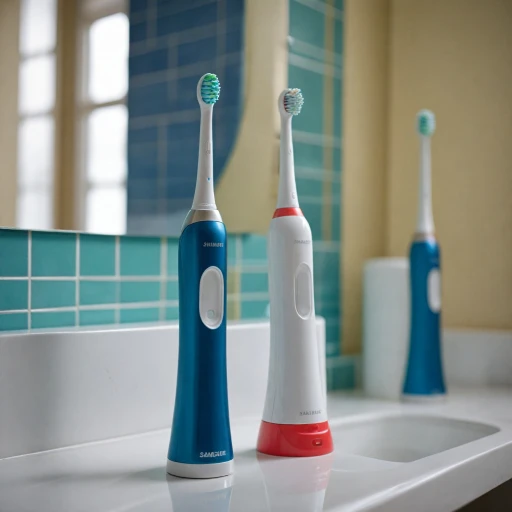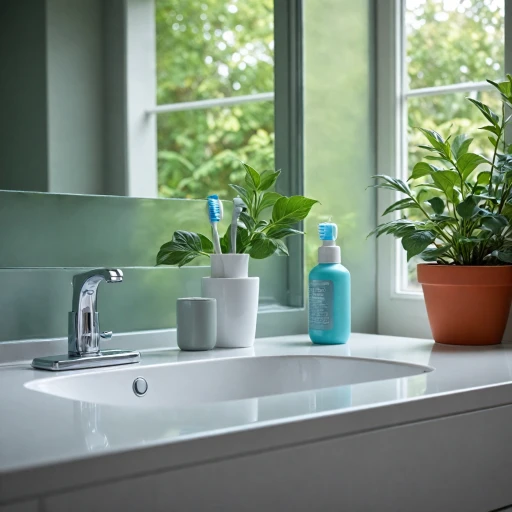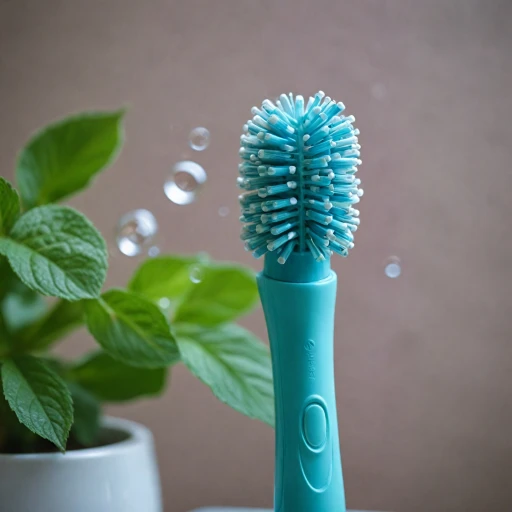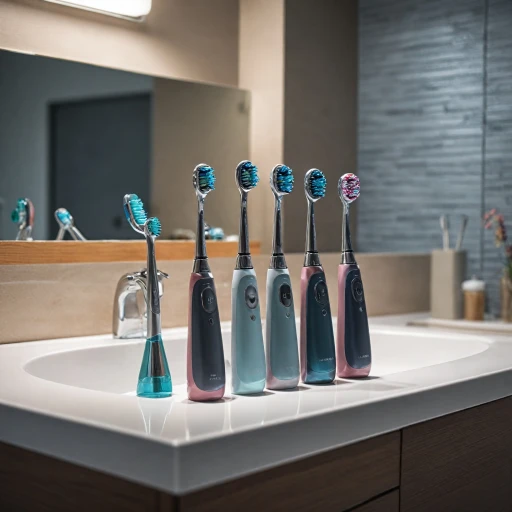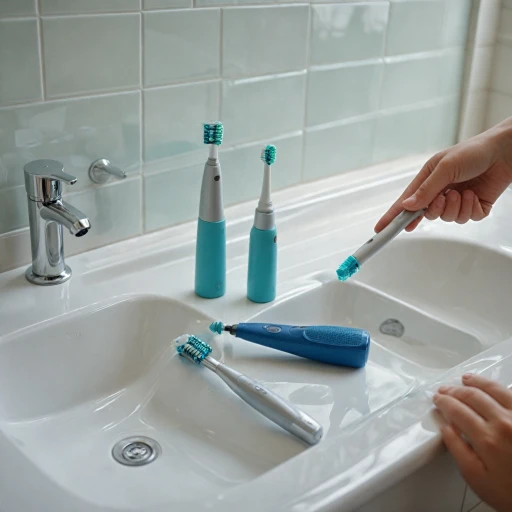
Cost Considerations
Evaluating Expenditure Aspects
The initial investment in electric toothbrushes can be significantly higher compared to manual toothbrushes. While manual options often require only a few dollars, purchasing a reliable powered toothbrush might set you back anywhere from $30 to $300, depending on the brand and features.
This price tag reflects the technological advancements inherent in electric toothbrushes, such as the presence of timers, different cleaning modes, and even smart connectivity in some high-end models. These advancements aim to enhance your oral care routine by ensuring optimal brushing teeth techniques and minimizing dental plaque.
However, the financial considerations don't stop at the initial cost. Electric toothbrushes often require periodic replacement of brush heads, which can add up over time. When contemplating the long-term expenses, it's important to balance the price with potential gains in oral health and dental care.
If budget is a primary concern, exploring the benefits of manual toothbrushes might offer an alternative solution for maintaining good oral hygiene without excessive financial burden.
Durability and Lifespan
Considering the Longevity of Electric Brushes
Electric toothbrushes offer an enhanced cleaning experience compared to manual toothbrushes, but the question of durability often arises. Understanding the expected lifespan and potential issues can help in making an informed choice. Most electric toothbrushes have a lifespan that ensures a reliable brushing experience for a few years. However, this depends largely on the build quality and maintenance. While electric brushes such as those with a sturdy design and reliable motor may last longer, others might require more frequent replacements of brush heads or even the entire unit.- Components and Replacements: Unlike manual toothbrushes, which only require a full replacement when worn, electric versions often necessitate changing brush heads every 3 months. This additional cost is a recurrent factor in their lifespan considerations.
- Wear and Tear: The motor and battery elements of electric toothbrushes are crucial parts that can sometimes fail before reaching their expected lifetime. Consistent use, particularly in high-brushing modes, may lead to a speedier decline.
Complexity and Usability
Ease of Use and User Experience
When it comes to electric toothbrushes, one of the primary concerns is their complexity compared to manual toothbrushes. While manual toothbrushes are straightforward, electric brushes come with various settings and features that can be overwhelming for some users. The different modes, such as sensitive, whitening, or deep cleaning, can be beneficial for targeted oral care, but they also require a learning curve to use effectively.
For individuals who are not tech-savvy, the numerous buttons and settings on an electric toothbrush might seem daunting. This complexity can lead to improper use, which may not provide the best results in terms of plaque removal and overall oral hygiene. Additionally, the need to regularly replace brush heads adds another layer of maintenance that some users might find inconvenient.
Moreover, the powered nature of these toothbrushes means they require charging or battery replacements, which can be a hassle if not managed properly. This is especially true if you forget to charge your toothbrush, leaving you without a functioning brush when you need it most. While electric toothbrushes can offer superior cleaning compared to manual options, their usability can be a barrier for some, impacting their effectiveness in improving dental health.
Battery and Charging Issues
Charging Challenges and Battery Limitations
While electric toothbrushes have revolutionized the way we care for our teeth, they do come with their own set of issues when it comes to battery and charging. Unlike their manual counterparts, electric brushes require a power source to operate. This means you need to ensure that they are charged regularly to maintain optimal functionality.
The reliance on charging can be both inconvenient and limiting for oral health maintenance. Frequent charging replacement needs might interrupt your routine, especially if you have multiple members in your household using powered toothbrushes. Imagine your brush running out of power midway through brushing teeth. This could lead to inadequate cleaning, negatively impacting your dental care regimen.
Battery life in electric toothbrushes varies significantly by brand and model. Some electric toothbrushes maintain a charge for weeks, while others may require weekly charges. For busy individuals, forgetting to charge the electric brush can become a common pitfall. Ensuring that the brush head and the toothbrush are correctly positioned on the charging dock also adds an extra step compared to manual toothbrushes.
Additionally, for those who travel frequently, electric toothbrushes may present certain limitations in terms of portability. While some models come with travel cases, remembering to bring chargers or spare batteries can be additional hassle. This is especially true in scenarios where your destination has different voltage requirements, leading to further inconvenience in maintaining your oral hygiene.
Though electric brushes may be touted as a modern must-have for their efficiency in plaque removal compared to manual brushing, these charging challenges should be weighed when considering the best choice for one's dental care routine. Understanding these disadvantages helps in making an informed decision about whether a powered toothbrush meets your needs.
